Throughout history, animals have been central to religious practices and beliefs. Among these animals, cats have occupied a special place in various ancient civilizations, revered not only for their skills as hunters but also for their perceived spiritual and mystical qualities. In this article, we will explore how ancient cultures integrated cats into their religious rituals, emphasizing the historical context and significance of these practices.
Cats in Ancient Egyptian Religion

Ancient Egypt is perhaps the civilization most closely associated with the worship of cats. The goddess Bastet, depicted with the head of a lioness or domestic cat, was revered as the deity of home, fertility, and protection. Cats were considered sacred and were often mummified and buried with humans in ceremonial graves. These practices underscored the integral role cats played in both daily life and the spiritual realm.
Mummification of Cats
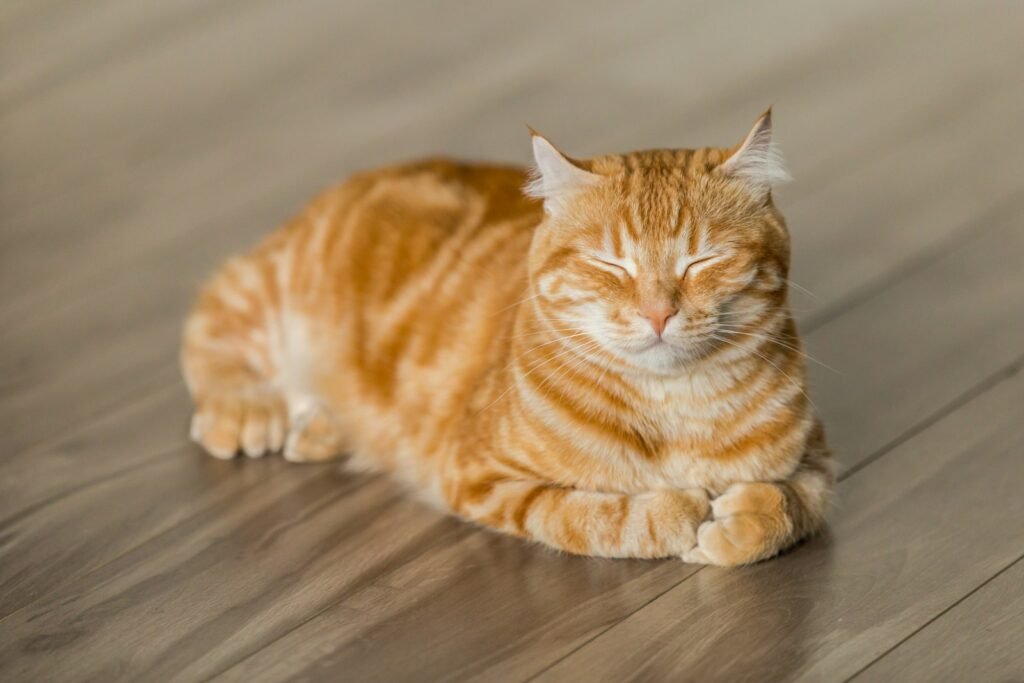
Mummification was a central component of Egyptian religion, aimed at preserving bodies for the afterlife. Cats, seen as sacred animals, were frequently mummified with humans as offerings to the gods. Archaeologists have uncovered vast cat cemeteries, revealing the scale of this practice. These mummified cats were believed to bring good fortune and serve as protectors in the afterlife.
Cats as Protectors from Evil

In several ancient cultures, cats were thought to possess the ability to ward off evil spirits. Egyptians believed that cats could protect homes from malignant forces, which explains their frequent depiction alongside protective deities. Cats’ nocturnal nature and keen senses contributed to their reputation as guardians of the spiritual world, capable of detecting and dispelling negative energies.
The Symbolism of Cats in Ancient China
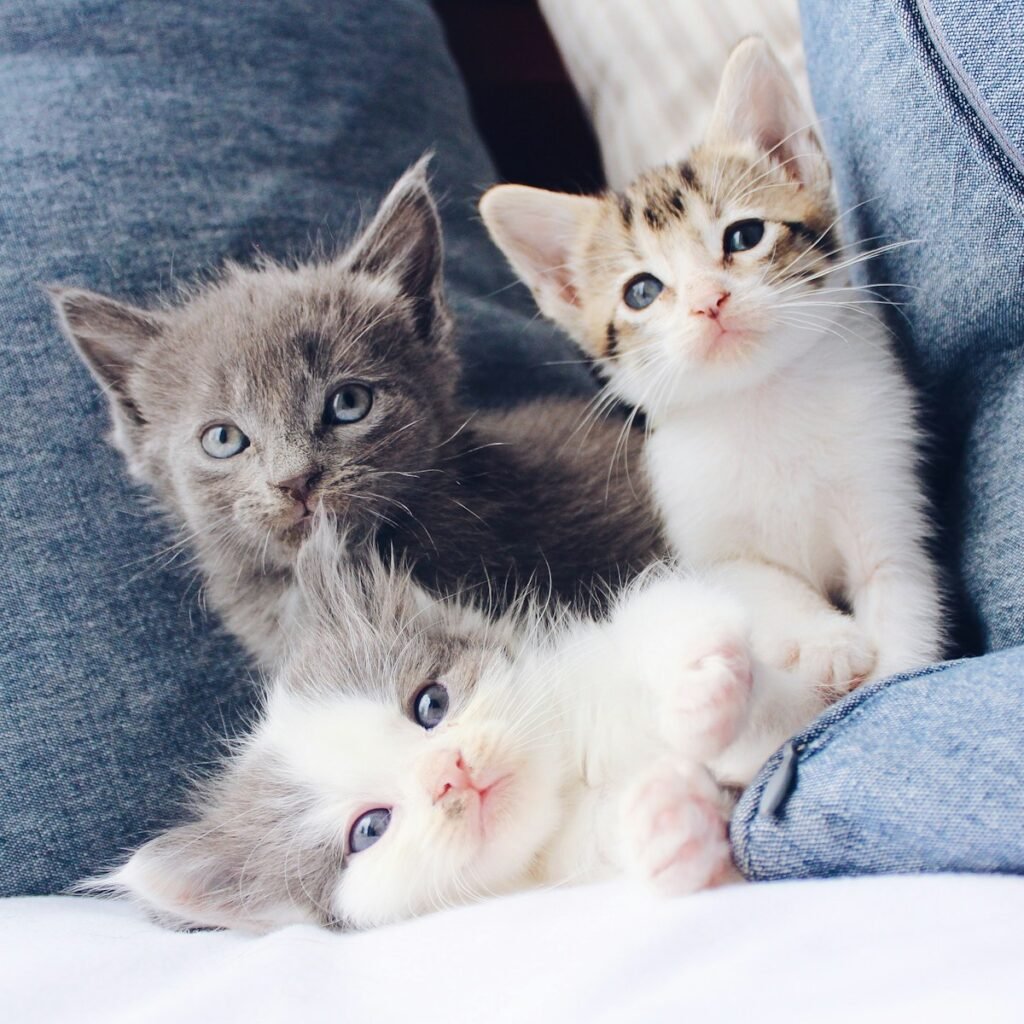
In ancient Chinese culture, cats were also regarded with admiration and held a more mystical role. They were associated with good luck and fortune, often depicted in art as symbols of prosperity. Although they did not play as overtly religious roles as in Egypt, cats in China were nonetheless respected and honored for their perceived supernatural qualities.
Cats in Greek and Roman Mythology
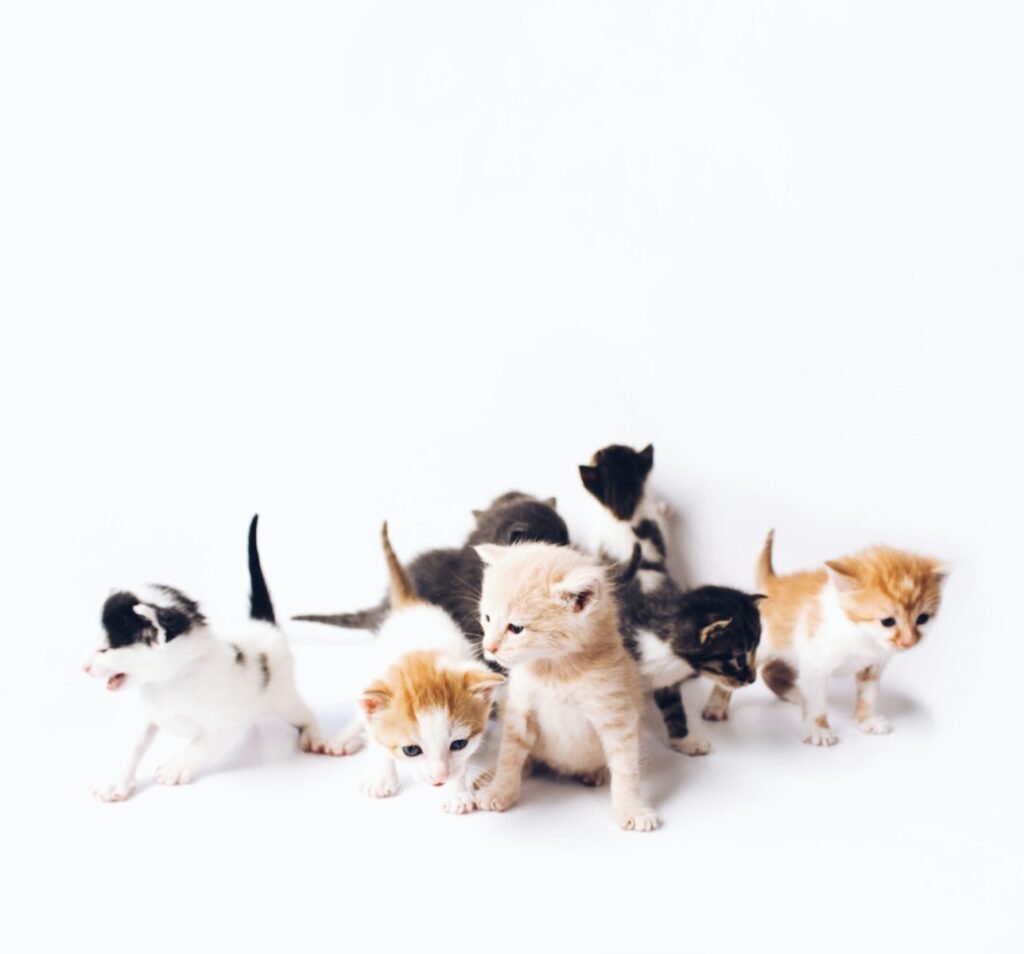
In Greek and Roman mythology, cats were connected to several deities, notably Diana, the goddess of the hunt and the moon. Cats were associated with attributes of agility, mystery, and independence, aligning with Diana’s characteristics. While not worshiped in the same way as in Egypt, cats still held significant cultural and symbolic value in these societies.
The Norse Goddess Freyja and Her Cats

In Norse mythology, the goddess Freyja, associated with love, beauty, and fertility, was believed to travel in a chariot pulled by two large cats. These cats were viewed as protectors who aided the goddess in her travels. The presence of cats in this mythology indicates their esteemed status and connection to divine figures in Norse beliefs.
Cats as Symbols of Femininity and Fertility
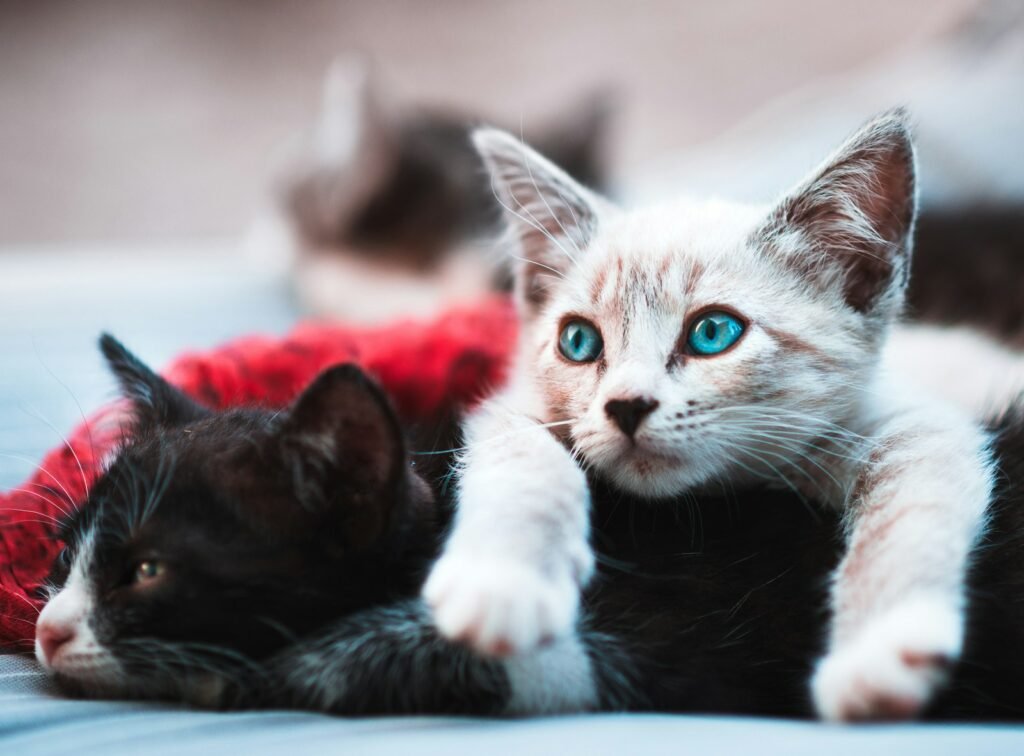
Across various ancient cultures, cats have often been associated with femininity and fertility. The nurturing nature of cats, along with their independence, mirrored societal ideals of womanhood and became symbolic of fertility and protection in domestic spaces. These associations were reflected in religious practices and myths where cats were linked with female deities.
Decline of Cat Worship in Ancient Times
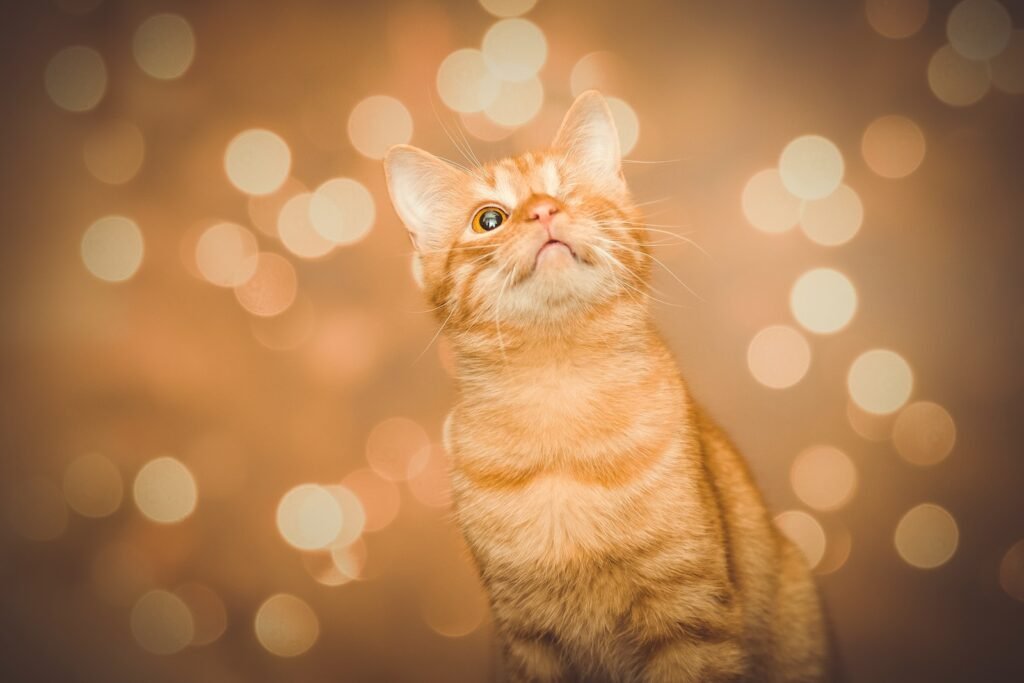
Over time, the worship and religious significance of cats declined in ancient civilizations. As cultures evolved and new religious and philosophical systems emerged, the divine status of cats diminished. Despite this, the legacy of cats in ancient religious practices endured through stories, art, and archeological discoveries.
Modern Reflections on Ancient Practices
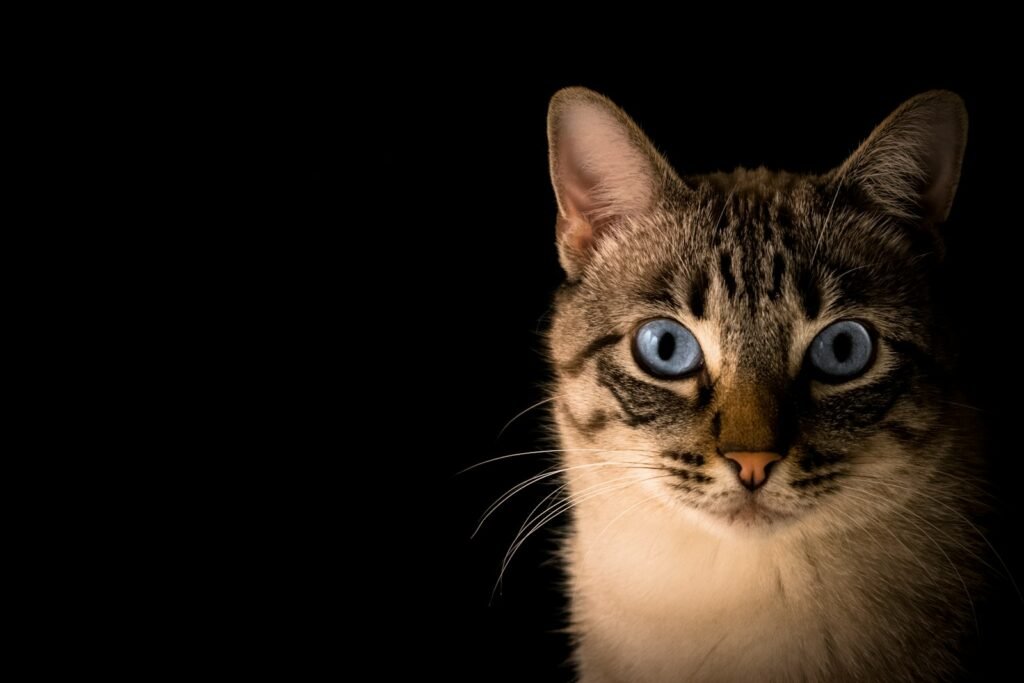
Today, the ancient practices and beliefs surrounding cats offer insights into human history and the development of religious and cultural systems. The reverence for cats in ancient times highlights the deep connections between humans and animals, as well as our inclination to project spiritual significance onto the natural world. These insights continue to inspire contemporary reverence for cats across the globe, emphasizing their enduring legacy.
Hi, I’m Bola, a passionate writer and creative strategist with a knack for crafting compelling content that educates, inspires, and connects. Over the years, I’ve honed my skills across various writing fields, including content creation, copywriting, online course development, and video scriptwriting.
When I’m not at my desk, you’ll find me exploring new ideas, reading books, or brainstorming creative ways to solve challenges. I believe that words have the power to transform, and I’m here to help you leverage that power for success.
Thanks for stopping by, Keep coming to this website to checkout new articles form me. You’d always love it!





